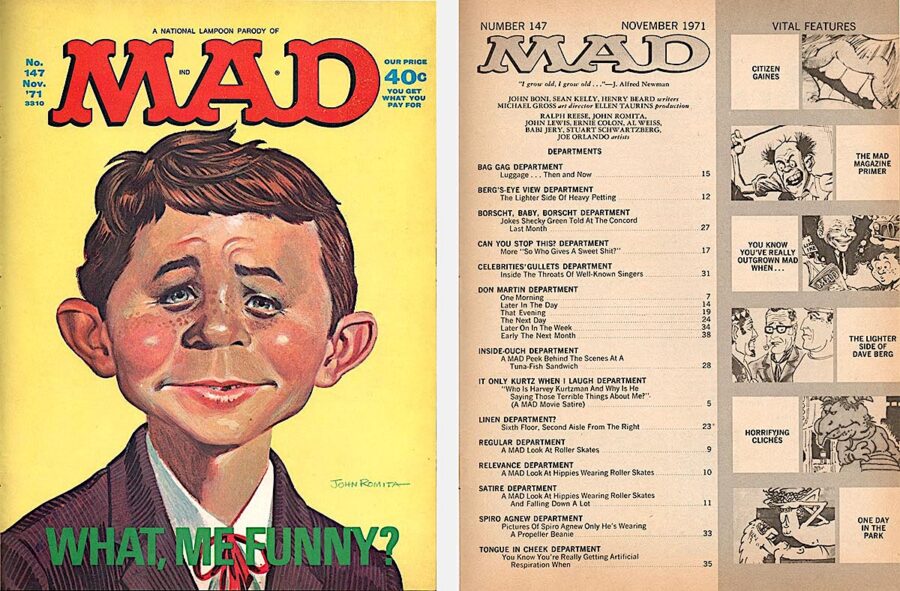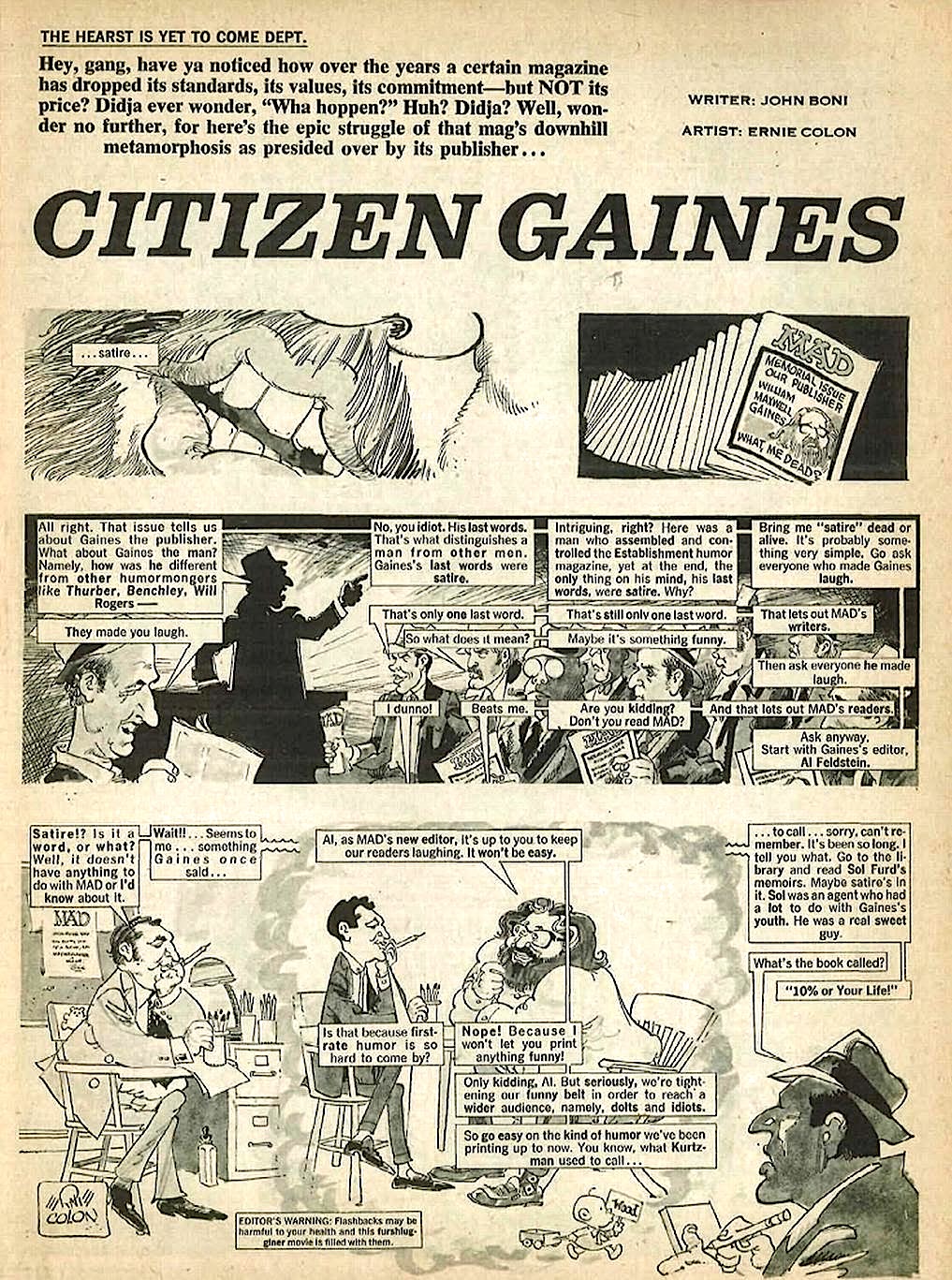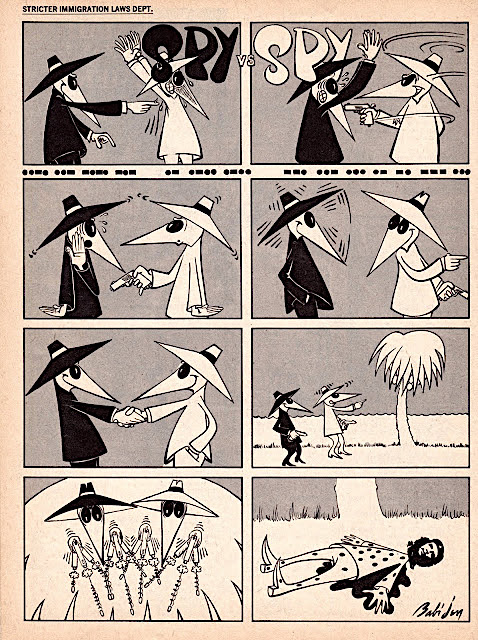“Concentration is one of the happiest things in my life,” says novelist Haruki Murakami in a 2011 New York Times Magazine profile. “If you cannot concentrate, you are not so happy.” In this, the author of A Wild Sheep Chase surely has the agreement of the author of Emotional Intelligence, the psychologist and writer Daniel Goleman. But Goleman expresses it a bit differently, as you can hear — in detail and at length — in “Focus: The Secret to High Performance and Fulfillment,” an Intelligence Squared talk based on the book he published eighteen years after the bestselling Emotional Intelligence, Focus: The Hidden Driver of Excellence.
Attention, Goleman tells us, is under siege, not least by devices “devised to interrupt us, to seduce us, to draw our attention from this to that.” He quotes the famed economist, political scientist, and cognitive psychologist Herbert Simon’s observation that “information consumes attention. Hence a wealth of information creates a poverty of attention” — but he doesn’t mention that Simon made it nearly fifty years ago, long before the invention of most of what besieges our attention today. (Then again, even medieval monks complained of constant distraction.) Most of us can feel, on some level, that to the extent we have trouble focusing, we also have trouble performing at the level we’d like to in our professional and social life.
What can we do about it? After offering psychological explanations of what’s going on with our ability to focus (or lack thereof), Goleman suggests strategies we can use to master our “emotional distractors” and work out the “mental muscle” that is our attention. (This analogy with physical exercise would get no argument from Murakami, who runs as rigorously as he writes.) Though “mind-wandering is absolutely essential for creative insight,” as we’ve previously discussed here on Open Culture, the critical skill is to bring our mind back from its wandering at will. This we can practice through Buddhist-style breathing meditation, a subject to which Goleman has since devoted a good deal of research, and just one of the practices that can help us live our lives to the fullest by allowing us to see, hear, consider, and engage with what’s right in front of us.
As Goleman lays out a suite of attention-building techniques and their benefits, he touches on theories and findings from cognitive psychology that have by now been popularized into familiarity: the Stanford “marshmallow test,” for example, which appears to show that children who can delay gratification have better life outcomes than those who cannot. Such outcomes can be ours as well, he argues, if we make a habit of “lengthening the gap between impulse and action” in our own habits. “I’m not a fast thinker, but once I am interested in something, I am doing it for many years,” as Murakami says. “I’m kind of a big kettle. It takes time to get boiled, but then I’m always hot.” As for the rest of us, couldn’t we all stand to become bigger kettles than we are?
Related Content:
How to Focus: Five Talks Reveal the Secrets of Concentration
How Information Overload Robs Us of Our Creativity: What the Scientific Research Shows
How to Take Advantage of Boredom, the Secret Ingredient of Creativity
How Meditation Can Change Your Brain: The Neuroscience of Buddhist Practice
Medieval Monks Complained About Constant Distractions: Learn How They Worked to Overcome Them
Based in Seoul, Colin Marshall writes and broadcasts on cities, language, and culture. His projects include the Substack newsletter Books on Cities, the book The Stateless City: a Walk through 21st-Century Los Angeles and the video series The City in Cinema. Follow him on Twitter at @colinmarshall, on Facebook, or on Instagram.







